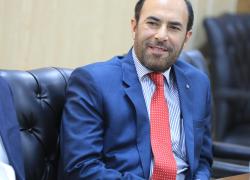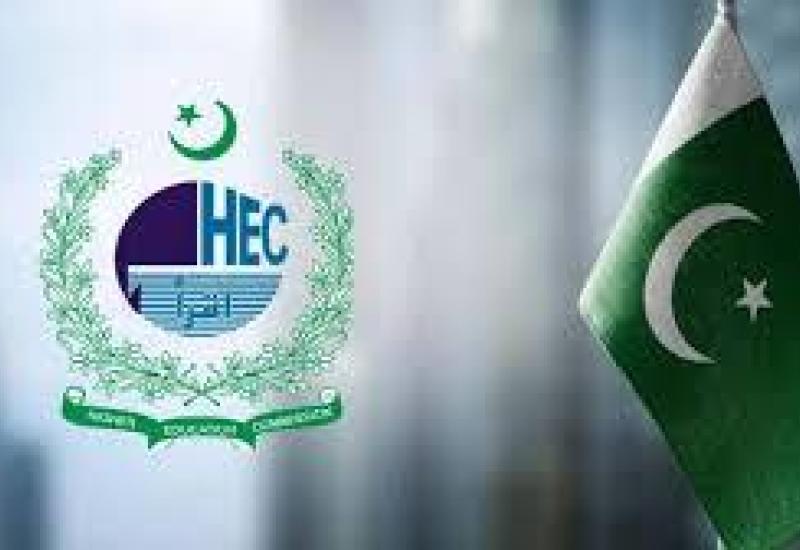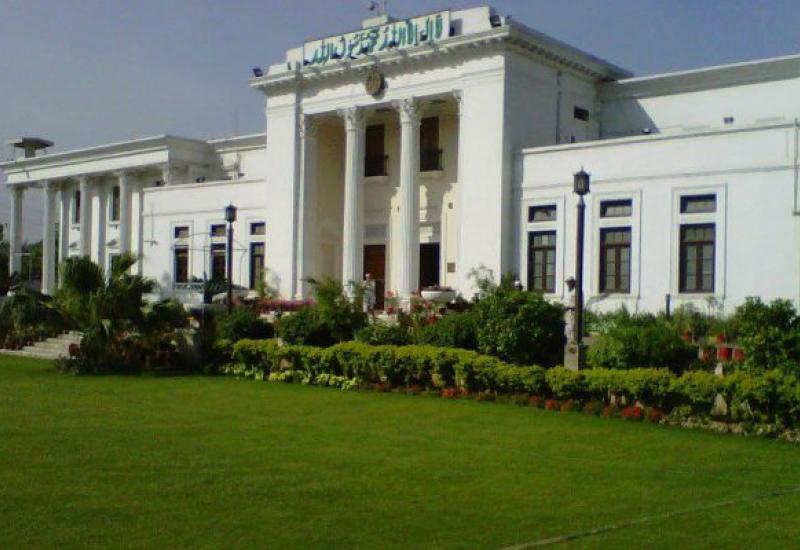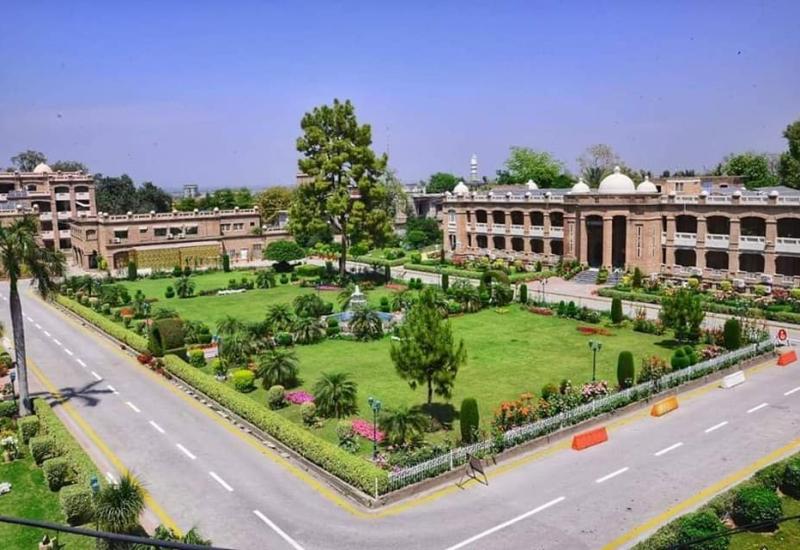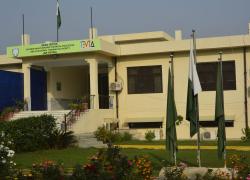Major financial issues confronted by universities in KPK and how to address them?
The universities in Khyber Pakhtunkhwa (KPK), like many higher education institutions across the country, face a myriad of financial challenges that hinder their ability to deliver quality education, foster research and maintain infrastructure. These issues can be broadly categorized into several key areas:
1. Insufficient government funding
The government funding forms the backbone of financial resources for public universities In Pakistan. In KPK, there is a noticeable inadequacy in the funds allocated to higher education.
The Higher Education Commission (HEC) of Pakistan, which is responsible for funding public universities, often provides insufficient funds to meet the growing needs of universities in KPK. This discrepancy is more pronounced in provincial institutions compared to their counterparts in larger provinces. The funding provided often fails to cover the basic operational costs, leading to financial deficits. Skyrocketing inflation and the increasing cost of educational materials and services are not matched by proportional increases in government funding. Even when funds are allocated, delays in the release of these funds can disrupt the financial planning and execution of academic and infrastructural projects.
2. Dependency on government grants
Universities in KP have limited avenues for generating additional revenue beyond tuition fees and government grants. In the absence of diversified income streams, universities in KPK largely depend on government grants for their financial needs and sustainability. This heavy reliance on a single source of funding makes them vulnerable to fluctuations in government budget allocations. Besides, there is a lack of initiatives to generate revenue through other means such as endowments, alumni contributions, research grants and partnerships with industry.
3. High operational costs
Salaries and benefits for faculty and staff constitute a major portion of university budgets as ensuring competitive salaries and benefits to attract and retain quality faculty and staff strains financial resources. Besides, long-term pension liabilities and retirement benefit require substantial financial planning and reserves.
As a significant portion of the budget is consumed by salaries and allowance for faculty and staff, leaving limited resources for development projects and academic programs. Besides the oldest of the universities such as University of Peshawar, University of Engineering and Technology Peshawar, Gomel University D.I.Khan and University of Agriculture have to live with unmanageable pension liabilities. The continuous rise in operational costs due to inflation affects the purchasing power of universities, making it difficult to maintain infrastructure and attain quality education standards.
4. Infrastructure and maintenance
Many universities in KP struggle with outdated and inadequate infrastructure. The cost of maintaining aging infrastructure and upgrading these facilities is high and often there is insufficient funding to cover these expenses. Hence, maintaining and upgrading university infrastructure is a significant financial burden. Rising energy and utility costs add to the financial strain on already stretched budgets. With the rapid advancement in technology, there is a constant need for updating educational tools and resources, which requires substantial financial investment. Hence, limited capital investment in new facilities or technology infrastructure affects the quality of education and research.
5. Research and development constraints
Research is a critical core of universities academic business but securing adequate funding for it always remained a significant hurdle. There is a significant shortfall in dedicated funds for research and development. This hampers the ability of universities to undertake cutting-edge research and contribute to global knowledge. Limited availability of research grants and the competitive nature of the application process often leave many deserving projects unfunded. Lack of funds for state-of-the-art research facilities and laboratories hampers the ability to conduct cutting-edge research. The lack of modern research facilities and laboratories further restricts the scope and quality of research work conducted in these institutions. Financial constraints in research funding contribute to the emigration of talented researchers seeking better opportunities abroad.
Apart from this, there are limited financial aid and scholarship programs available for students which affects their ability to afford higher education.. To compensate for insufficient government funding, some universities increase tuition fees, which can deter potential students from enrolling. This also impacts university enrollment rates and diversity.
7. Administrative and governance issues
Poor financial planning, miss-management and bad governance within universities can lead to misuse or misallocation of available funds. In some cases, there is a lack of transparency and accountability in the utilization of funds which can result in financial mismanagement. In the recent past, one of the university that is financial sinking, and is unable to pay salaries and pension to the employees but a group of selected staff members has been granted honoraria for preparation of annual budget.
Political interference on many accounts in the universities’ affairs disrupt financial planning and execution of budgets. This often leads to financial indiscipline, inconsistent policy implementation and administrative uncertainty.
How to addressing these financial issues?
To effectively address the financial challenges faced by universities in KPK, a multi-faceted approach is required. Below are practical and professional strategies that can be implemented:
1. Diversification of income sources
Universities should explore alternative revenue streams such as partnerships with industry, alumni donations, and commercialization of research. Establishing endowment funds and encouraging philanthropic contributions can provide a steady income source. The university leadership must develop robust alumni networks and engagement strategies to encourage donations and endowments and create alumni associations that can contribute to fundraising efforts. IMSciences hosts annual alumni reunions where successful alumni are invited to contribute to scholarship funds and development projects.
They should explore commercial ventures such as consultancy services, research parks, and incubators that can generate additional revenue. Encourage faculty and students to engage in entrepreneurial activities.
2. Improved financial discipline
Implementing efficient financial management practices and ensuring transparency and accountability in the utilization of funds can optimize resource use. Regular but transparent audits and financial reviews can help in identifying and rectifying financial mismanagement. The top management should invest in training for financial management staff to improve budgeting, forecasting, and financial planning skills. KMU is regularly organizing training sessions for it staff to expand the capacity of its staff and uses software to manage its various operations.
Digitalization and implementing modern financial management systems that provide real-time data and analytics for better decision-making and transparency and accountability in financial transactions are urgently required.
3. Government and private sector collaboration
Enhancing collaboration between the government and the private sector can lead to increased funding opportunities and resource sharing. Public-private partnerships (PPPs) can facilitate infrastructure development and modernization of facilities. The HEIs will have to explore PPP models for the development and maintenance of university infrastructure. The management have partner with private sector entities to invest in new facilities and technology in universities. And launch capital campaigns to raise funds specifically for infrastructure projects. They should have to develop comprehensive asset management plans to maintain and upgrade existing facilities efficiently.
4. Enhanced research funding
Increasing dedicated funds for research and development can boost the quality and quantity of research output. Establishing specialized research grants and scholarships can encourage faculty and students to engage in innovative research. The universities should provide specialized training and support for faculty to enhance their grant writing skills, establish dedicated offices to assist with identifying and applying for research grants, pursue international collaborations and partnerships that can provide access to additional research funding and resources and encourage the commercialization of research outcomes through patents, licensing and spin-off companies.
5. Policy reforms
Advocating for policy reforms that ensure timely release of allocated funds and equitable distribution of resources among provinces should receive prime attention of academics. Implementing policies that minimize political interference in university affairs to ensure stable and consistent financial planning. Universities top management shall be required to proactively engage in advocacy efforts to prioritize higher education funding in government budgets. The university leaders regularly meet with provincial and federal education policymakers to highlight the critical needs and long-term benefits of investing in higher education.
They must encourage the adoption of performance-based funding models where universities receive funds based on their achievements in teaching, graduation rates, research output, social contribution, community engagement, and employment rates of graduates.
6. Digital Transformation:
The universities shall have to invest in digital transformation initiatives to improve operational efficiency. Use of technology to enhance teaching and learning experiences, attracting more students is inevitable. They have to develop and expand online education programs to reach a broader student base. By adopting digital tools such as Learning Management Systems (LMS), universities streamline course delivery, allowing for more flexible and scalable educational models that can cater to larger student populations without proportional increases in faculty or infrastructure costs.
Additionally, automating administrative tasks like admissions, fee collection, examinations and student records management reduces the need for extensive clerical staff, minimizes errors, and speeds up processes. Cloud-based platforms facilitate collaborative research and remote work, cutting down on physical resource expenditure and travel costs.
GIK has implemented digital platforms for academic and administrative processes, reducing costs and improving service delivery. It incorporates advanced technologies like virtual labs and online simulations in its curriculum. Overall, digital transformation enables universities in KPK to offer high-quality education and services more cost-effectively and efficiently.
The financial issues faced by universities in KPK are multifaceted and require comprehensive and strategic interventions. Solutions must involve increased and timely government funding, diversification of revenue streams, enhanced research funding, investment in infrastructure, and sustainable human resource and financial aid policies. Collaborative efforts between the government, private sector, and educational institutions are essential to ensure the financial stability and growth of higher education in the region.
By addressing these financial challenges through strategic planning and collaborative efforts, universities in KPK can enhance their financial stability, improve educational quality and contribute significantly to the region's socio-economic development.


